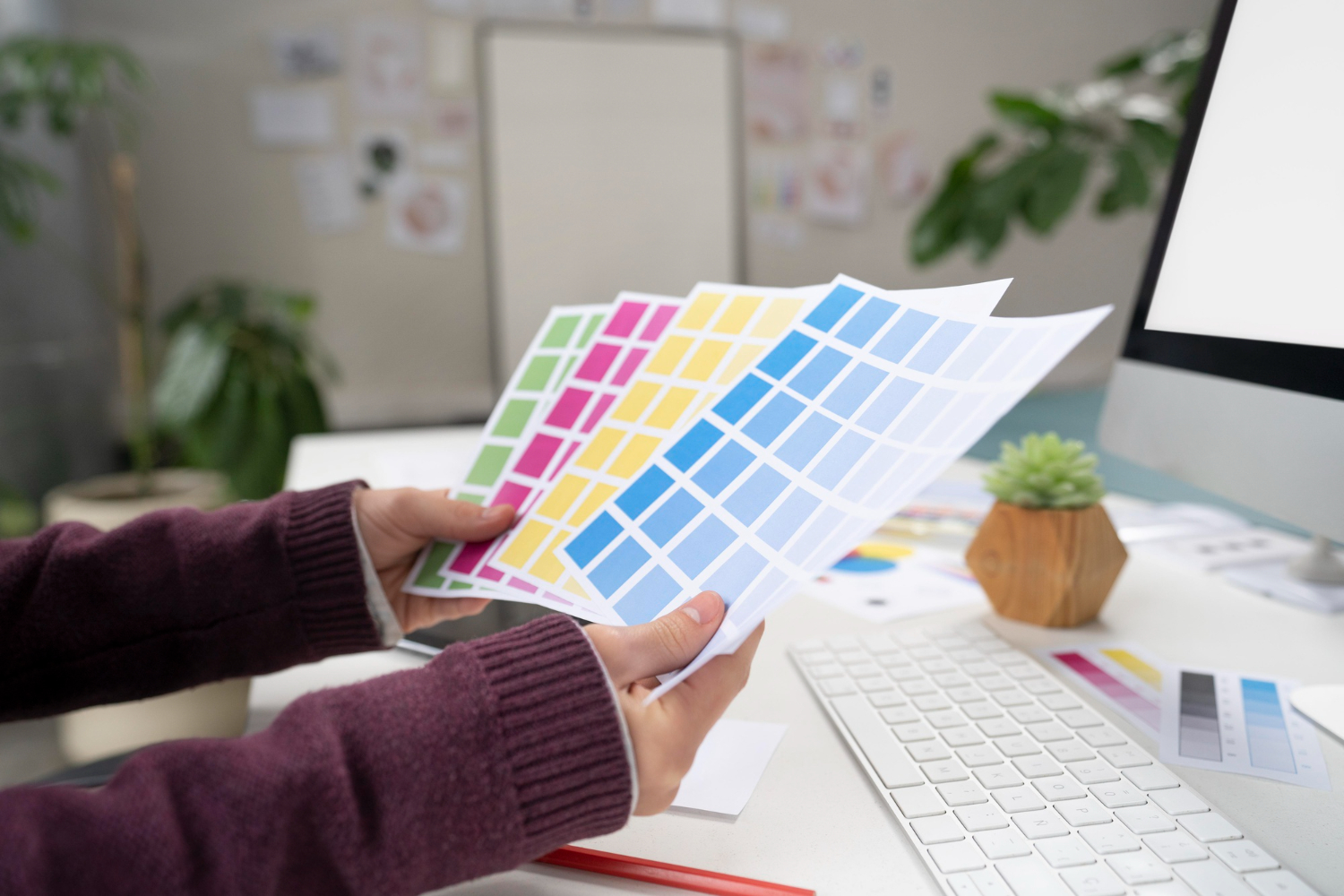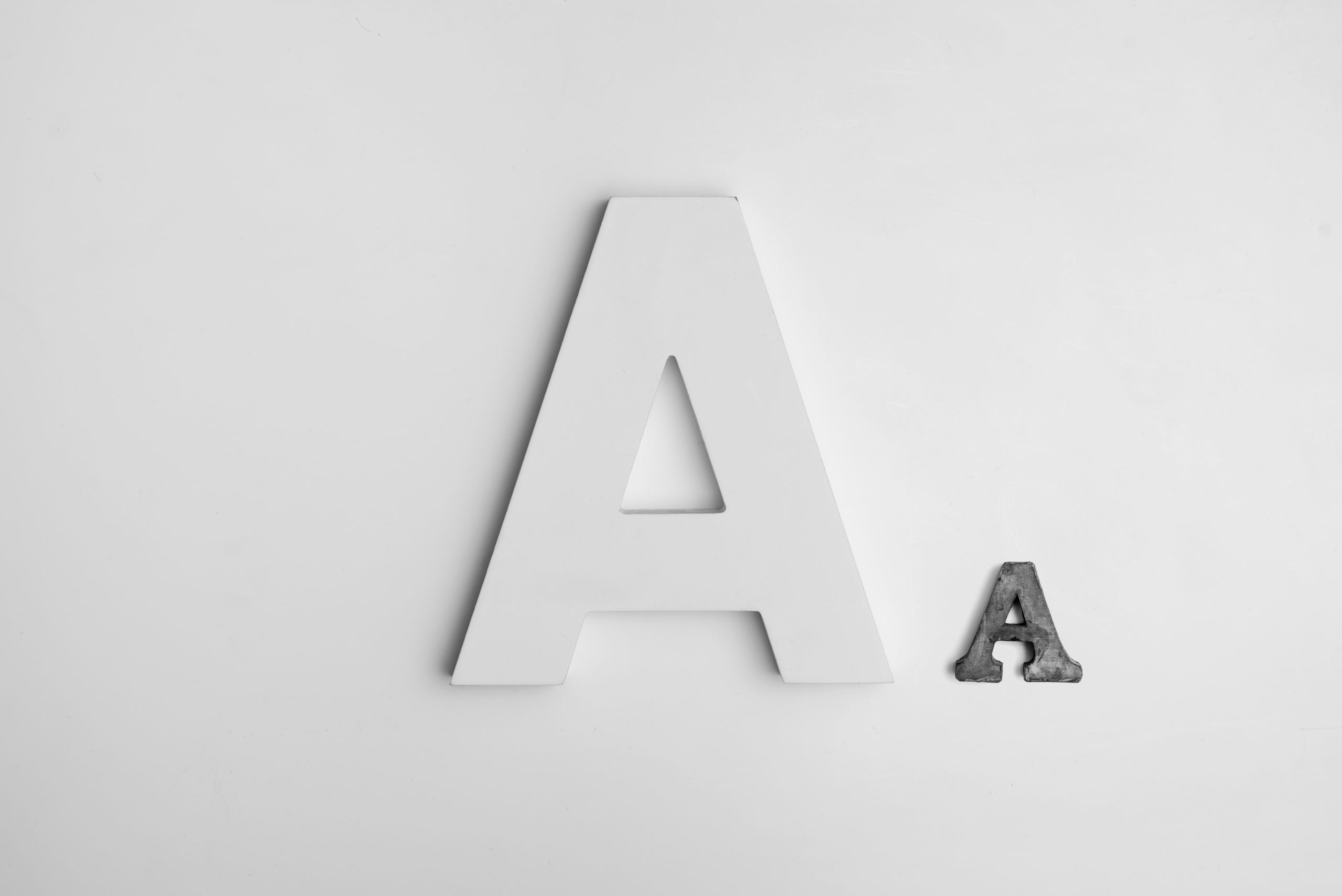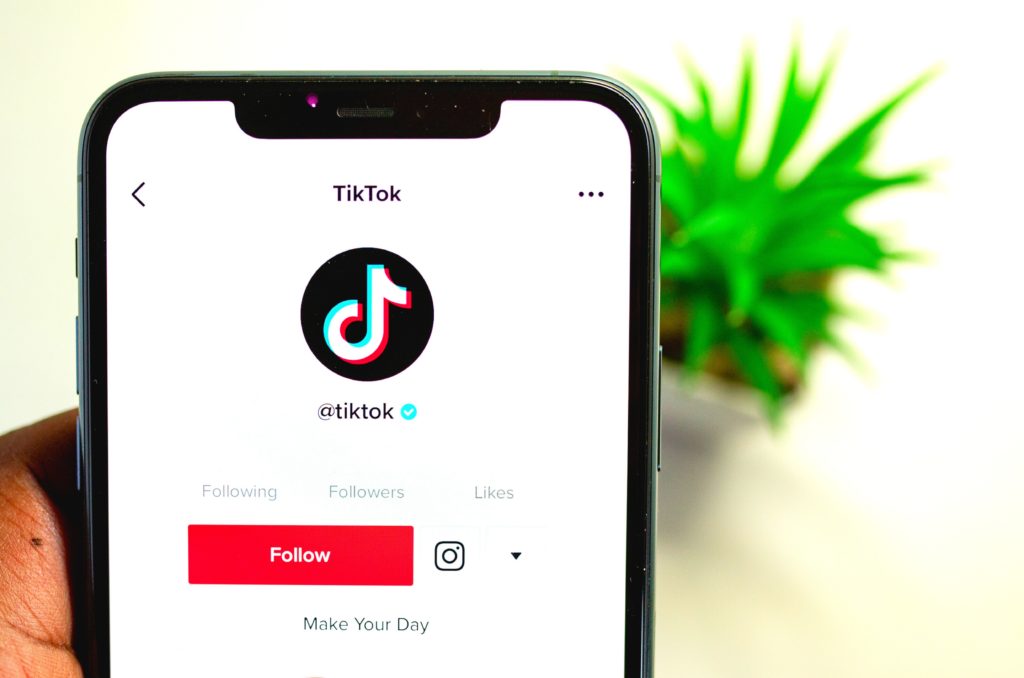Visual identity :: Definition, elements and tips
They say that clothes do not make a man, which is true, but clothes help a man to be noticed and remembered. Visual identity is the “clothes” of any company, product or service. The importance of visual identity cannot be overestimated in the process of brand promotion. Although it has multiple functions, the main goal of visual identity is to create brand awareness among customers, clients and society as a whole. In this article, we discuss the most important aspects of the meaning of visual identity, its elements and tips for creating a quality identity.
WHAT IS VISUAL IDENTITY?
Visual identity is a system that contains a set of symbols, icons, images, and colors that are used to define the visual appearance of a company and its products. It is a design solution that combines graphic symbols and words that visually represent a company, product or service. In other words, it’s the way a person, place, or thing is presented to the public, the outward appearance of your business. The external appearance consists of many different elements. While a logo or website will come to mind first, visual identity involves much more. It is the overall look of your company, from promotional materials, looks of business space, looks of packaging and labels to these well-known visual elements such as logos, mobile applications, catalogs, etc. Elements of visual identity form a connected, marketing-oriented whole that allows efficient and successful communication with the target audience.

WHAT ELEMENTS MAKE VISUAL IDENTITY?
Visual identity is a set of personalities, culture and values of a company expressed in visual language, including logo, color, typography, photography, illustration, etc. These elements are used to identify a particular product or service among the growing competition. The elements are used in compliance with the corporate style and brand concept as well as with existing laws and regulations. Visual identity also includes guidelines that explain how these elements are used so that they always appear appropriately (making a book of graphic standards).
Here we will touch on the basic elements that make up a visual identity, but it is important to note that the elements may vary depending on the business of the company for which the visual identity is created.
Logo Design
Creating any visual identity starts with creating a logo. A logo is a graphic representation of a company, organization, service, or product. There are several types of logos so a logo can be a symbol, word, emblem or mascot. Logos are used to identify and promote companies, organizations, services and products.
The goal of the logo is to visually represent a company in a way that is easily recognizable and memorable. A logo is part of a larger corporate identity or brand building strategy. While they are considered an important part of branding, it should be emphasized that they are only one part of the whole branding process. Many companies think that making a logo is enough for their overall visual and brand identity, however this is not true. Many other elements and processes are needed for a company, product or service to become a brand and for their visual identity to become a strong and recognizable part of their identity.
Some companies have multiple logos specifically designed for different audiences. For example, a logo can be tailored to your target market or audience to convey a sense of history or local heritage, associate a company with positive values such as fun, playfulness and innovation, or display an image of luxury or prestige.

Choosing a color palette
Color is one of the most important elements in graphic design. Choosing a color, as well as its combinations, can make your design stand out, but it can also sink it.
The psychological effects of color are evident in every area of human experience. Colors can have a profound effect on our emotions and moods, which is why so much thinking and planning is invested in the use of colors in branding and design.
When it comes to visual identity, color plays a key role in helping companies convey the personality and values of their brand. The colors you choose for your logo, website, packaging and marketing materials will contribute to how consumers perceive your brand.
Because of the strong connection between certain colors and certain emotions or ideas, it is important to choose colors carefully based on the message you want to convey about your brand. For example, red is often used to convey energy, passion and excitement, while blue is associated with reliability and stability.
Then think about the message you want your colors to convey. Is your goal to stand out or fit in? What is your style? Modern and professional or maybe classic and elegant? Make sure your choices reflect that intent. If, for example, you want your brand to be considered strong and modern, the use of primary colors and bright shades can be a good idea. If you prefer a more classic look, muted earthy could be more suitable.
Finally, consider your audience when choosing colors. Different audiences will react differently to different shades, so it’s important to choose shades that will suit the people you want to reach.

SELECTING TYPOGRAPHY
In design, typography is often the first thing we notice and pay attention to. This is because good typography can make a big difference in how we perceive design elements. How many times have you seen designs where the typography really stands out, making it either very good or very bad? This is because fonts are very important for the overall success of a design.
So what makes some fonts look great in design, while others don’t? It’s all about how they fit into your visual identity, whether they match your brand, products or services. By taking the time to carefully choose fonts that fit into the overall aesthetics of the project, designers can create visual elements that are striking and readable. In addition, by considering how different letters can be perceived, designers can use typography to control the way viewers see and interpret their work.

Photos
Photographs play an important role in visual identity. They give us a way to capture and share memories, as well as express ourselves and our ideas, and help us communicate who we are and what we stand for.
It is not said without reason that a picture is worth a thousand words. If you want to leave a lasting impression and build strong relationships with your customers, the use of photos should be an integral part of your marketing strategy and visual identity.
WHO TO CONTACT FOR VISUAL IDENTITY?
The creation and design of visual identity falls under the domain of graphic design. Although it is often thought that brand identity and visual identity are identical concepts, they are not. One of the biggest differences is exactly who is responsible for which job. If you need a branding expert, you will turn to a marketing expert, while graphic designers are responsible for the visual identity.
There are many graphic design studios in Croatia and around the world that can help you create a unique visual identity design.
WHAT DOES THE VISUAL IDENTITY PACKAGE CONTAIN
After selecting a design studio or freelance graphic designer to create a visual identity, an agreement is reached on what design elements will go into visual identity package. Many companies have different needs. Large corporations will want an overall visual identity with a selection of all the necessary items, while smaller companies may need to create just a few elements of the overall visual identity.
The standard items that can be found in the initial visual identity package are:
- logo design
- design of business cards, business folders, envelopes and stamps
- email signature
- design of promotional items (T-shirts, ballpoint pens, etc.)
- vehicle wrap design
Other items that can be found in the visual identity package are:
- packaging design
- label design
- motion graphics animation design
- mobile application design
- website design
- design of printed materials (design of catalogs, brochures, leaflets, advertisements, billboards, books, etc.)
- design of digital materials (design of advertisements, banners, posts for social networks, online versions of catalogs, brochures, etc.)
- window shop design
- interior design elements
- design of all promotional materials
- video design
After creating a visual identity, it would be good to make a book of graphic standards.
WHAT IS A BOOK OF STANDARDS?
A graphic standards book is a collection of design standards used for a particular brand or product. Standards are designed to ensure consistency across all communications and points of contact. That way, when a new designer joins a team or agency, he has a clear understanding of the elements to be used.
The book should contain a logo, colors and font. Graphic standards are examples of how to use elements properly, including where to place them, how to use them, and what sizes to make them. In addition, having graphic standards can save time and money by reducing the need for revisions and redesigns. When everything is already on display in a clear format that is easy to follow, the design process generally makes it much smoother.





